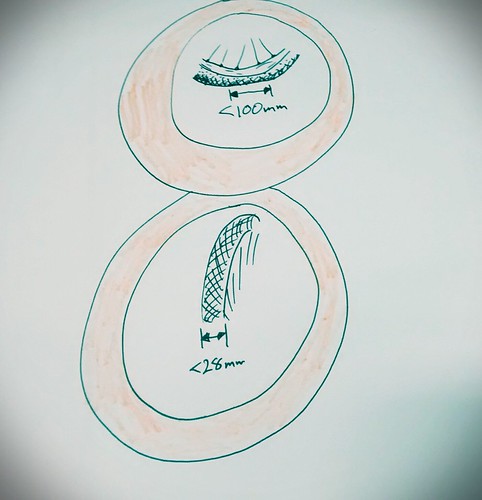I reckon its about time I stepped in here, but where to start.
veloSTRAIL - it is NOT a rubber insert for the flangeway groove. Goodyear tried that in 1989 with their OMNI rubber level crossings and rubber tube glued in the flangeway. This and almost all rubber in the flangeway solutions have failed as the problem was not thought through. There is nowhere to compress the rubber without making the flangeway bigger and non-standard, and the action of the flanges on the rubber will carve it up. VeloSTRAIL is a complete package solution designed around a standard level crossing panel, not a stand-alone groove filler.
The problem in Edinburgh is not simply the rail and the groove, it is the failure of the contractor to get anywhere close to the standards of surface flatness set out in the ORR guidance for installing rails in the street surface, and it might be implied, TiE for accepting the work as satisfactory. Informal discussion around those involved in the tram industry notes that in comparison to Blackpool , Manchester, and the first phase of Nottingham NET Edinburgh's street track is the absolute nadir.
In Sheffield there is a particular diligence in making regular patrols with a gauging trolley, to ensure that the rail surface NEVER gets more than 3mm above the abutting road surfaces, AND the road surfaces abutting the rails are smooth and flat, right up to the poured seal between rail and concrete*. For the newest phase of Manchester Metrolink, the finished track has a smooth concrete surface to the seal-line delivered to a near consistent +2mm above the rail head.* The substantial damages awarded to Mr Roe, a car driver who received life-changing injuries when his car has all tyres lifted clear of the road surface by rails that were too high gives Sheffield a particular focus in this respect.
There are basically 4 ways that tram rails can cause a cyclist to lose control
1) the idiot move of cycling close to and parallel with the groove and dropping straight in to it - rarely done intentionally
2) the attempt to cross the groove at a very shallow angle AND at low speed. the momentum of the rotating tyre is insufficient to counteract the forces from the 2 points of contact between the tyre and railhead/keeper. The resulting moment turns the tyre parallel with the groove - see 1)
3) the ridges formed by the edge of the concrete pad against the tarmac,the sunken joint seal, the raised rail, groove, keeper, another sunken joint seal, the edge of the concrete and then the joint where the tarmac starts again - for Edinburgh almost every one of them exceeding the maximum safe height set for the likes of dropped kerbs, and (ironically) tramline tactile paving units at 6mm or less (3mm for slippery details like manhole frames and thermoplastic road markings. That is not including the thickness of the green tarmac overlay, which has also caused a few spills when cyclists clip the edge at the wrong angle.
4) the rail is well above the road surface. Even if you cross the rail square-on, if you have a side force on the tyres (turning a corner)the tyre will slide sideways if the contact patch is not touching the road. A cycle tyre contact patch is approx 120mm long, and will normally be in contact with high friction road surfaces either side of the rail - unless the rail is 'high'
Some early (pre operational)pictures indicate steps of 8-10mm, almost guaranteed to cause problems to any cyclists striking them
The veloSTRAIL system has been installed at Aiskew LC for over 1 year, and is a 15 degree skew (making it a 42 metre crossing to get across a 7.3m wide carriageway. There is a substantial quarry traffic in 32T rigid 4-axle trucks - the type most damaging to the road structure. there are no reports of problems and no cyclists' falls reported. Easy to visit - 1Km from A1M and about 12-15Km from Northallerton Station should anyone want to try it out


 posts
posts
